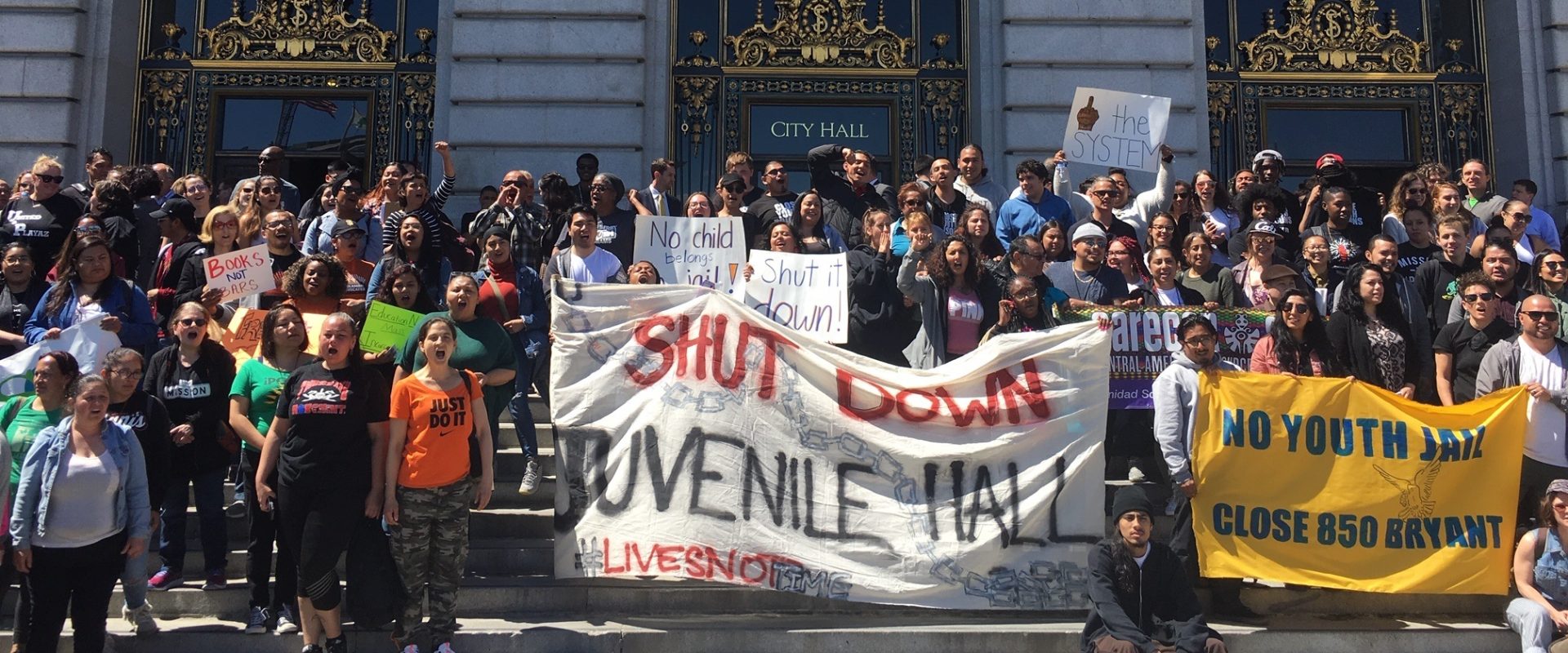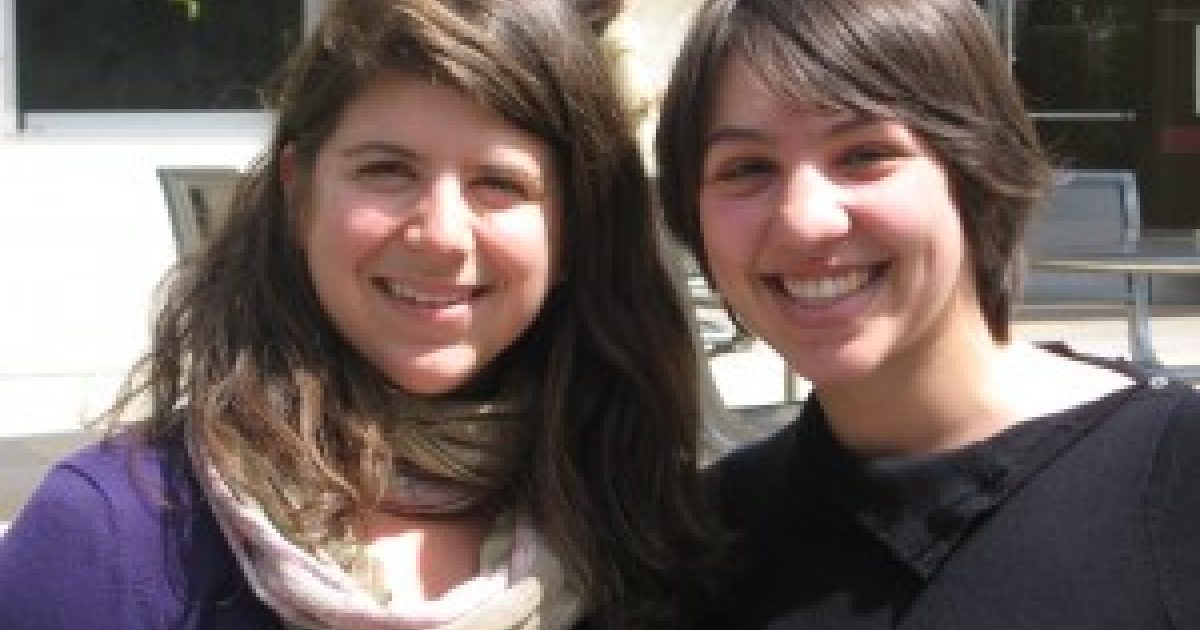Gov. Brown proposes shutting juvenile prison system (again) KALW News, January 9, 2012
America’s Longest Ongoing War: The ‘Race’ War on Drugs The American Muslim, January 9, 2012
California’s Governor Sends Wake-Up Call to the State’s Counties Reclaiming Futures, January 9, 2012
California’s Governor Sends Wake-Up Call to the State’s Counties Juvenile Justice Information Exchange, January 9, 2012
Gov. Jerry Brown calls for historic shuttering of state’s notorious youth prison system Oakland Tribune, January 6, 2012

